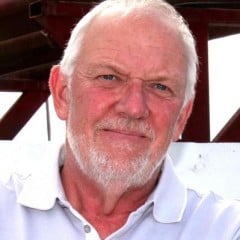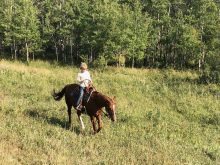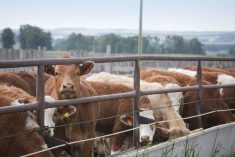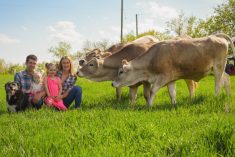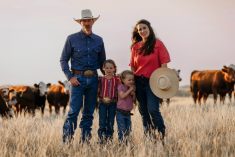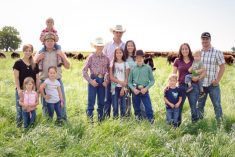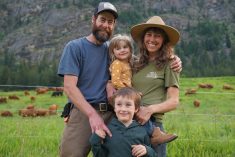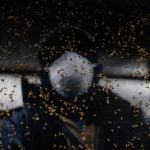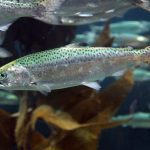Aaron and Adrienne Ivey say it is important that they concentrate on the strengths of their east-central Saskatchewan ranching operation.
Producing beef and grass is the core business on their ranch near Ituna, Sask. northeast of Regina. They seed some annual crops to accommodate pasture and hay land rotation, and while they background their calves they no longer run a finishing feedlot. Both crop production and finishing cattle require time, more labour and an increased capital cost.
“Probably one of the most important changes we made in the last few years was to focus our efforts on what we do best,” says Aaron, who was born and raised on the family farm. “Rather than try to do a little bit of everything we have focused on the cow-calf operation. We’re not growing grain. We are not finishing cattle. We run a cowherd and we produce pasture and forages to feed them. We focus on what works best to maximize our farm profits.”
Read Also
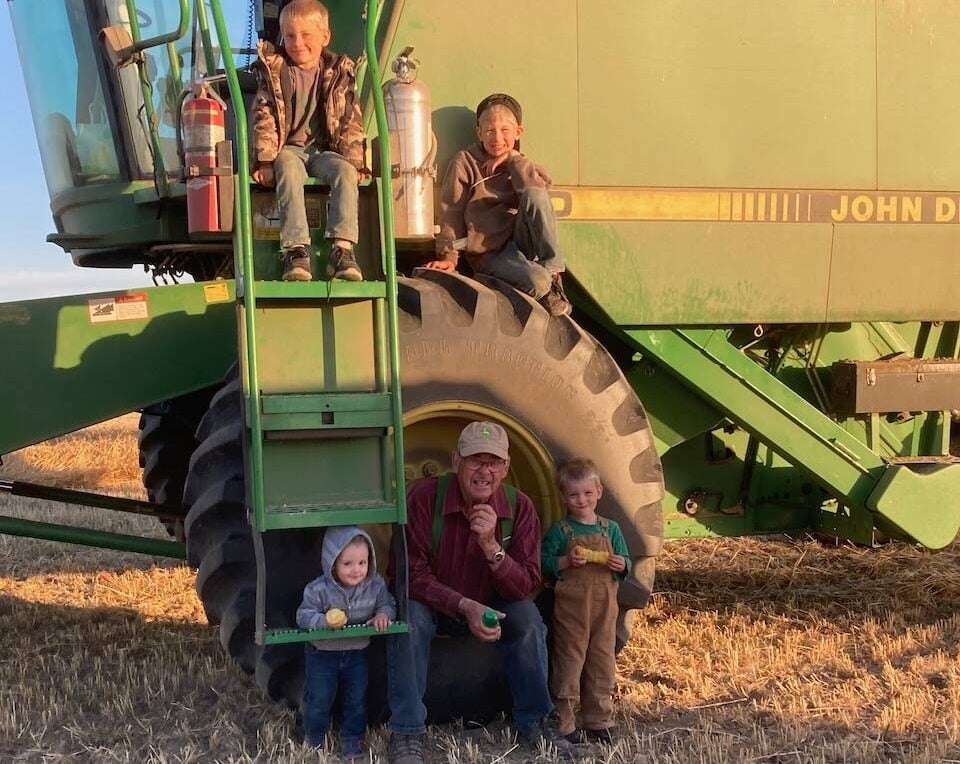
Harvest wraps up and fall work begins
At the Eppich famly ranch in western Saskatchewan, the fall harvest was successful with few breakdowns, cows and calves have been sorted and a new tractor has arrived
The Ivey’s, who own and operate Evergreen Cattle Co. are the 2014 Outstanding Young Farmers (OYF) for Saskatchewan. They will be competing for the national title at the OYF awards program in Quebec City later this month.
The Ivey’s met at the University of Saskatchewan and after completing their respective programs — Aaron with a degree in animal science and Adrienne with a degree in agronomy — they returned to Ituna in the early 2000’s to work with Aaron’s parents, Bob And Karen Ivey to build the ranching operation.
Today they run a herd of 1,200 commercial, predominantly Angus cows, over about 9,600 acres of pasture, hay and annual crop land. (They seed about 1,500 acres per year to grain crops — it stays in grain for two years — all part of a scheduled rotation to renew tame forages produced for hay and pasture.)
With calving in May and June, all calves are backgrounded over winter in an on-farm feedlot, then put on grass the following year. “Depending on the year, by August or September those calves are moved into a custom finishing feedlot,” says Ivey. “ We retain ownership of the calves until they are marketed as finished cattle.”
The Ivey’s had considered building the farm with more annual cropping, and for a while they finished their calves in a 2,500 head capacity on-farm feedlot.
“Probably one of the most important changes in recent years, was getting back to our strengths,” says Ivey. “We sat down at the kitchen “boardroom” table and talked about what we wanted from the farm and where our focus should be to develop a sustainable and profitable farming operation. And the simple answer to that was to focus on producing grass and a productive cow-calf herd.”
The Ivey’s have developed what is essentially a year-round grazing program. The herd calves out on early spring pasture, grazes for the summer and usually well into the fall in a rotational grazing program on the farm. As winter sets in the cowherd moves into a winter bale-grazing program. Hay is strategically baled and placed in different fields over the summer, and the herd is moved from field to field over winter.
“We aim to have sufficient bale grazing through into late winter and then as the snow leaves the cows move into stockpiled forage in spring, which carries them through to calving and new grass growth,” says Aaron. It has been a trial and error program.”
Looking ahead, the Ivey’s first to get a solid handle on recent farm growth. “In recent years we have poured all our energies into expanding the beef herd and developing our backgrounding operation,” says Aaron. “We have grown fast. And now we have a young family as well, so in the immediate future our plans are to fine-tune the operation we have, as well as have time to raise our family.”
Along with the ranching operation, Adrienne is leader of the local light horse 4-H Club and chair of the local school board. Aaron has served on the rural municipality council, is past president of the Saskatchewan Forage Council, current chair of The Forage Network, and serves as a rancher mentor for researchers involved with the Canadian Cattleman’s Assoc. Beef Cattle Research Centre.

